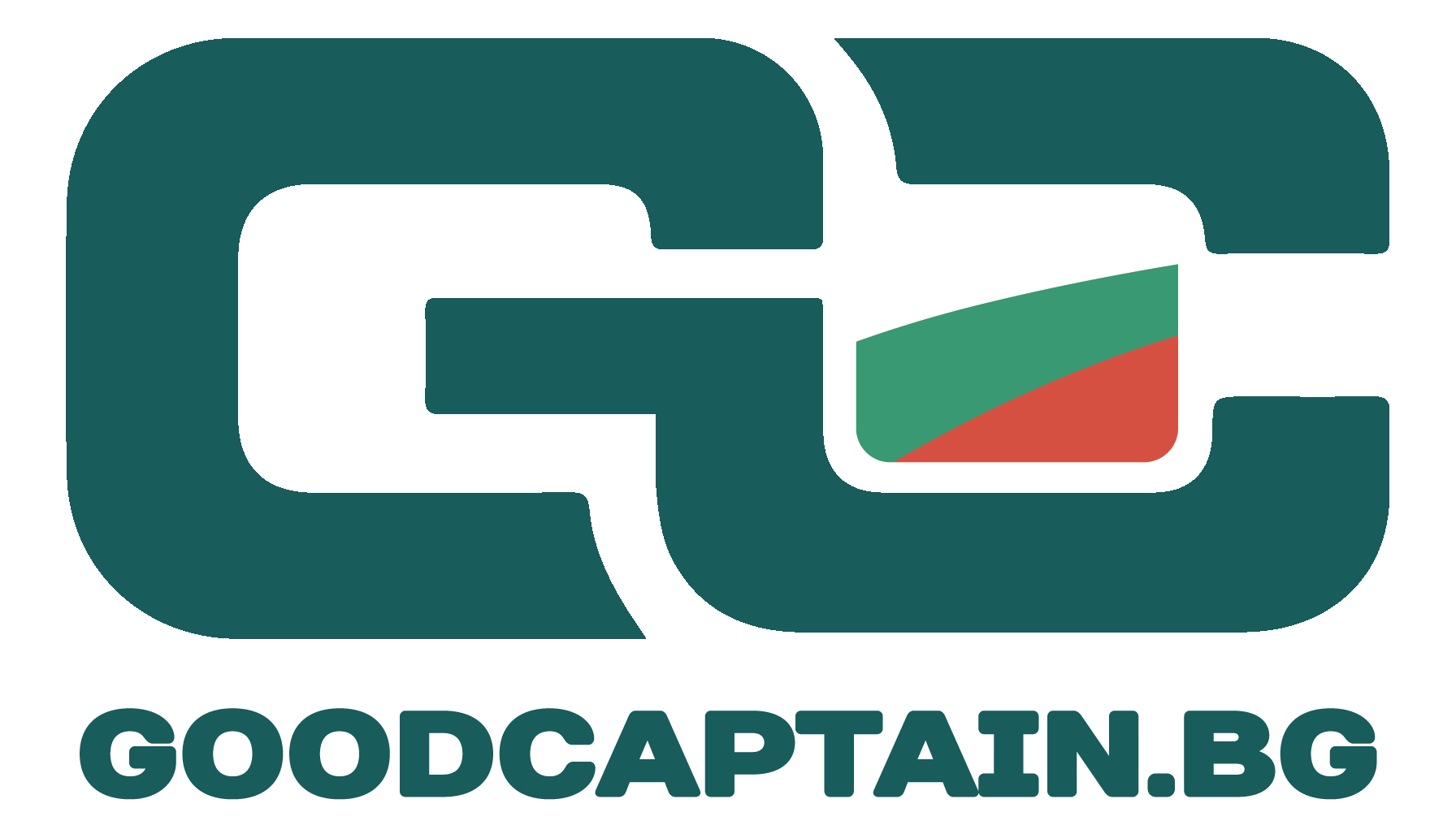GMDSS
Global Maritime Distress and Safety System
Why we need to know all what in this course?
History
Until 1999, the radio equipment requirements ware base on vessels size and the number of their passengers. The big ships, and, for instance, cross-channel ferry were required to carry special equipments capable of worldwide communication, while small yachts could set off across the oceans with only MF radio up 150 miles. Many times there was no reception or no action after the transmission of the distress calls.
To increase the safety at sea and to do all communication well organized the Global Maritime Distress and Safety System (GMDSS) was introduced by International Maritime Organisation (IMO) SOLAS (Safety Of Life At Sea) convention.
World had been divided into 4 main geographical Seas areas:
for this course we will learn equipment only for A1 area
The Global Maritime Distress and Safety System (GMDSS) defines the radio equipment carriage requirements for all Safety Of Life At Sea (SOLAS) vessel for every area, so the world was sub divided into 4 main geographical Seas areas:

A1 areas are within VHF coverage of a suitably equipped Search and Rescue centre (SAR), about 20 – 30 NM from the coast.
A2 areas are within MF coverage of a suitably equipped Search and Rescue centre (SAR), about 100-150 NM from the coast.
A3 areas are within International Maritime Satellite Organisation (Inmarsat) coverage, that is between 70 degrees North and 70 degrees South satellite communication coverage.
A4 areas are beyond the coverage of Inmarsat satellite communication – i.e. within about 1200 miles of the north or south pole.
What GMDSS do
The GMDSS provides methods and procedures for sending alerts by radio communication to shore based Maritime Rescue and Coordination Centres (MRCC), Coast Radio Stations (CRS) and vessels in the vicinity.
As well GMDSS provides a regular broadcast of Maritime Safety Information (MSI) from Coast Radio Station (CRS).
Briefly about SOLAS
Many countries have incorporated GMDSS radio equipment carriage requirements into their own local marine legislation. Check, what equipment you need in certain country for your particular vessel.
You have to be certified
The person (is you after success graduation) operating Very High Frequency (VHF) radio system including both fixed and handheld equipment with and without Digital Selective Calling (DSC), sailing in GMDSS Sea Area A1 must be qualified to a minimum standard – Short Range Certificate (SRC).
What rights give the certificate?
The person operating GMDSS equipment is required under IMO SOLAS convention to be certified. These certificates prove that the holder has competences (knowledge and practical skills) and give the right to operate GMDSS equipment. In maritime sector, operators can hold one of the following radio certificates:
- General Operator’s Certificate (GOC) : required on SOLAS vessels operating also outside GMDSS Sea Area A1.
- Restricted Operator’s Certificate (ROC): required on SOLAS vessels operating only within GMDSS Sea Area A1.
- Long Range Certificate (LRC): required on non-SOLAS vessels operating also outside GMDSS Sea Area A1.
- Short Range Certificate (SRC) : required on non-SOLAS vessels operating only within GMDSS Sea Area A1 – this is our aspect right now.

You must be logged in to post a comment.